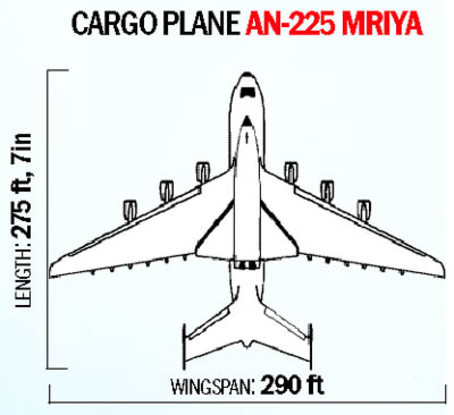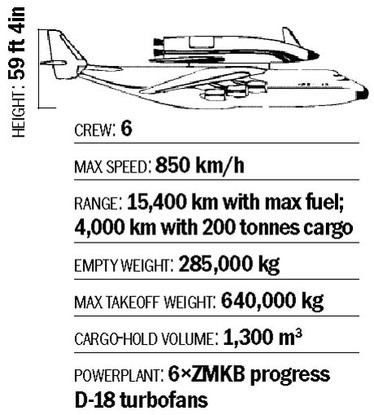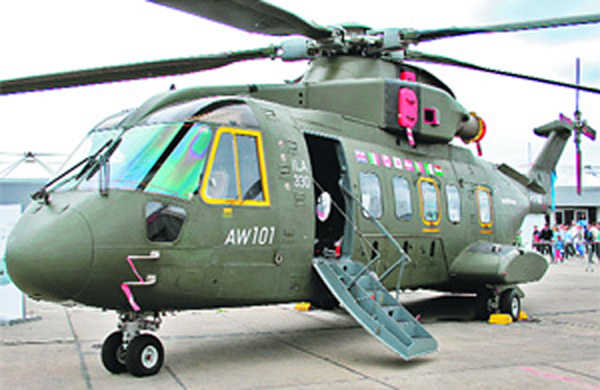Legal Correspondent
New Delhi, May 18
The Supreme Court on Wednesday agreed to consider a plea for increasing the number of vehicles allowed to ply between Manali and Rohtang Pass to meet the demand during the tourism season.On May 9, the National Green Tribunal (NGT) had capped the number of vehicles at 1,200 a day–800 run on petrol and 400 on diesel–to minimise air pollution that was adversely affecting the Himalayan glaciers. The NGT also set a stiff deadline for phasing out petrol and diesel vehicles, replacing them with those run on compressed natural gas (CNG).Appearing for the Himachal Pradesh government, Additional Advocate General (AAG) Suryanarayana Singh told the summer vacation Bench of Justices AM Sapre and Ashok Bhushan that about 35 lakh tourists were expected to visit Rohtang Pass during the season and their requirements would not be met even if all 1,200 vehicles were buses.There was violence in the region last year as taxi drivers and operators had gone on an agitation to protest against the curbs which had affected their livelihood. The state government wanted to avoid recurrence of such problems this year, he pleaded.The Bench was hearing a petition by the Him Aanchal Taxi Operators Union and another challenging various NGT orders. The Bench advised the petitioner’s senior counsel Vibha Datta Makhija to file an appeal against the latest NGT order passed on May 9. Makhija said she would do so either on Wednesday or Thursday, upon which the Bench posted the matter for hearing on May 23.Arguing for the Centre, Solicitor General Ranjit Kumar said efforts were being made to start CNG supply by the Indraprastha Gas Limited in the region, but the state government should first come up with a viable business model for the purpose. NGT had pointed out that the state government was found wanting in anti-pollution measures, he said.Makhija contended that there was no logic in placing restrictions on vehicles as hydropower stations were the main polluters. Air pollution caused by just one such station was more than the toxic fumes of all vehicles put together, she pleaded.It was also unfair that diesel and petrol vehicles were sought to be banned only in the region where the air pollution was less than the permissible limit and among the lowest in the country, she argued.The Bench, however, observed that this was due to the need to protect the environment of the Himalayas. It also advised the Centre, the state government and the stakeholders to sit together and come up with viable solutions.



















 Defence Minister Manohar Parrikar speaks in the Lok Sabha in New Delhi on Friday. (PTI Photo/ TV grab)
Defence Minister Manohar Parrikar speaks in the Lok Sabha in New Delhi on Friday. (PTI Photo/ TV grab)



























































